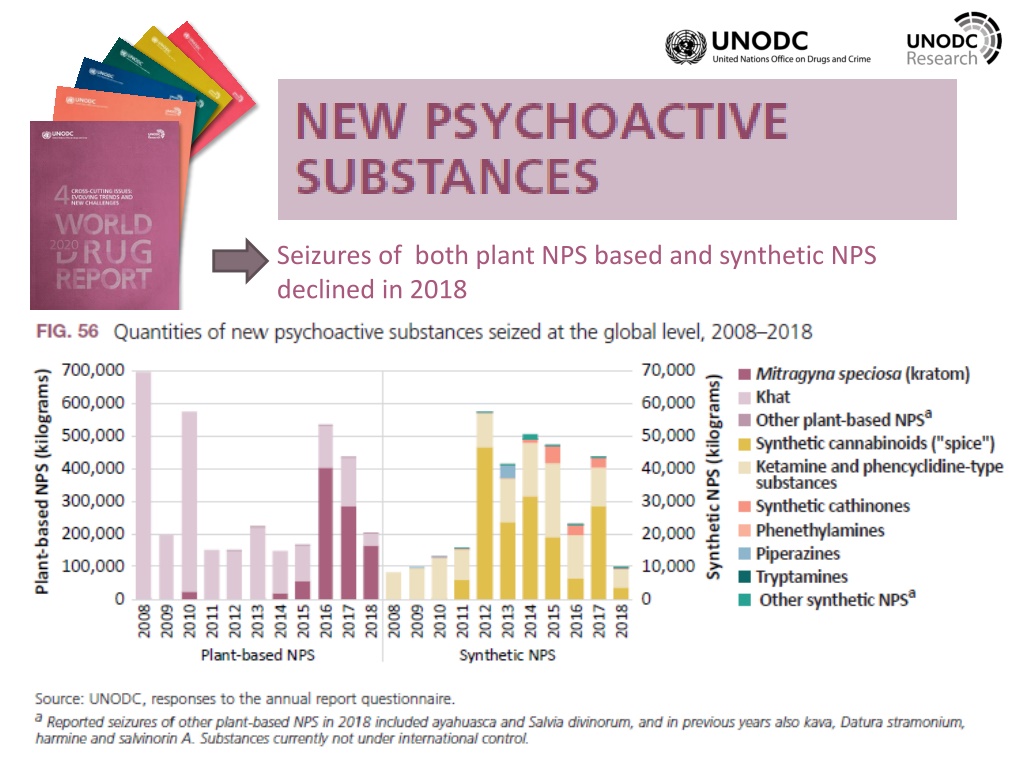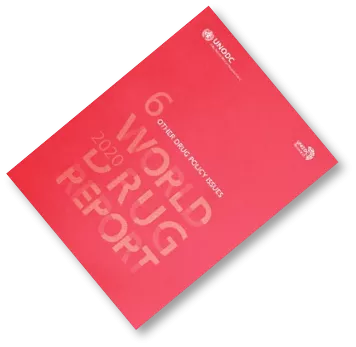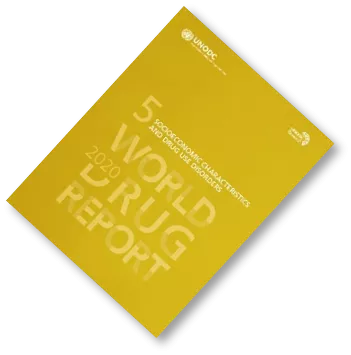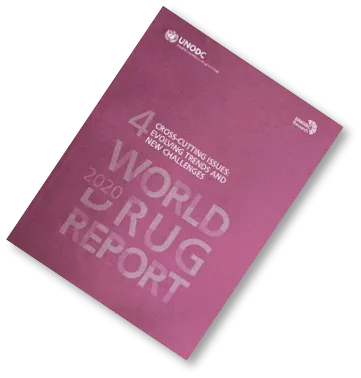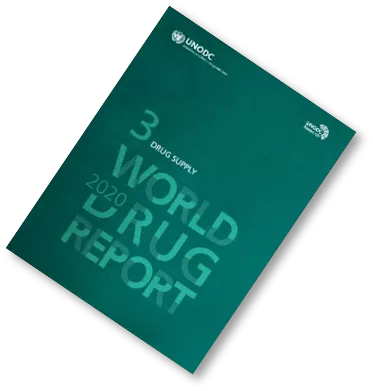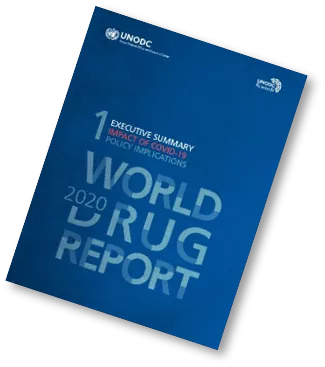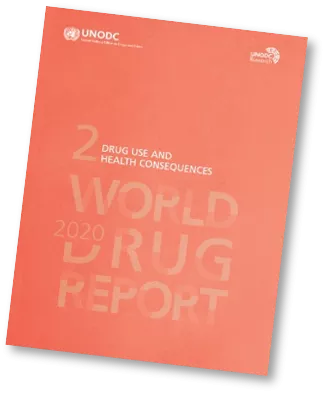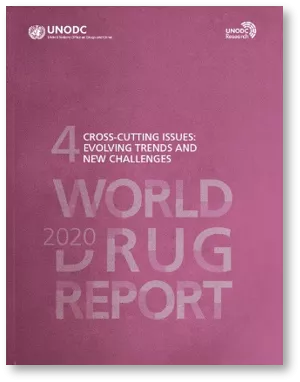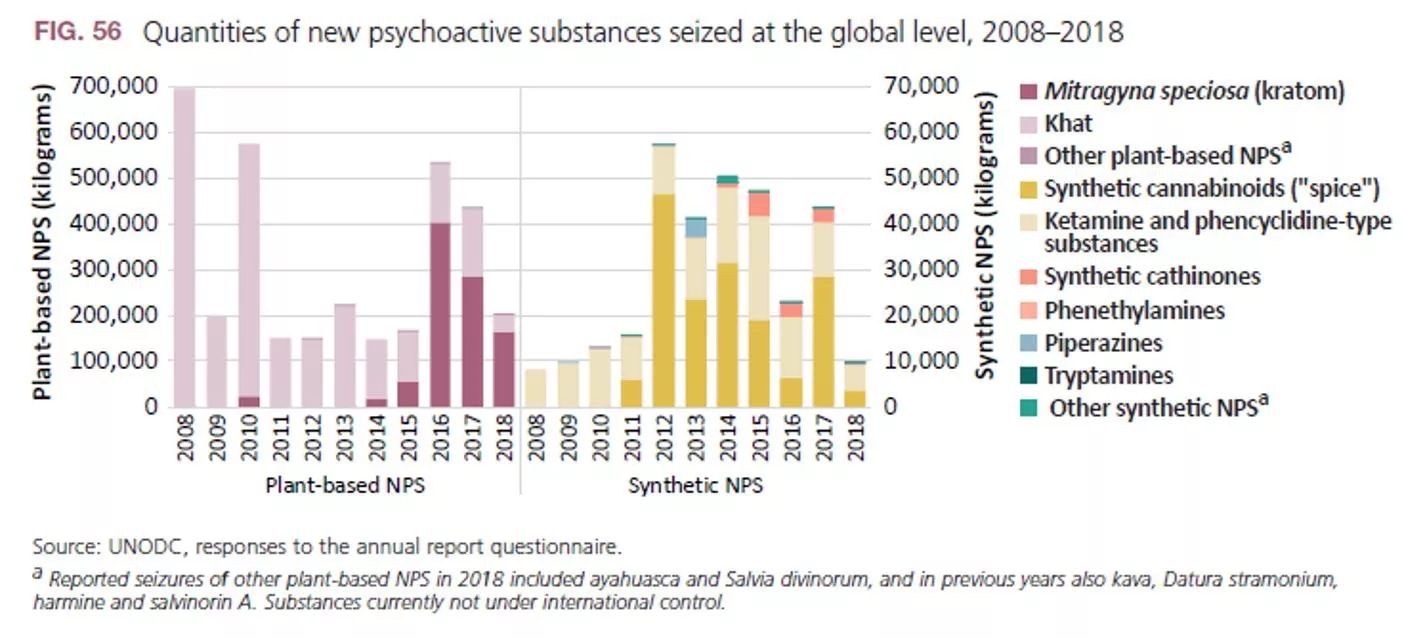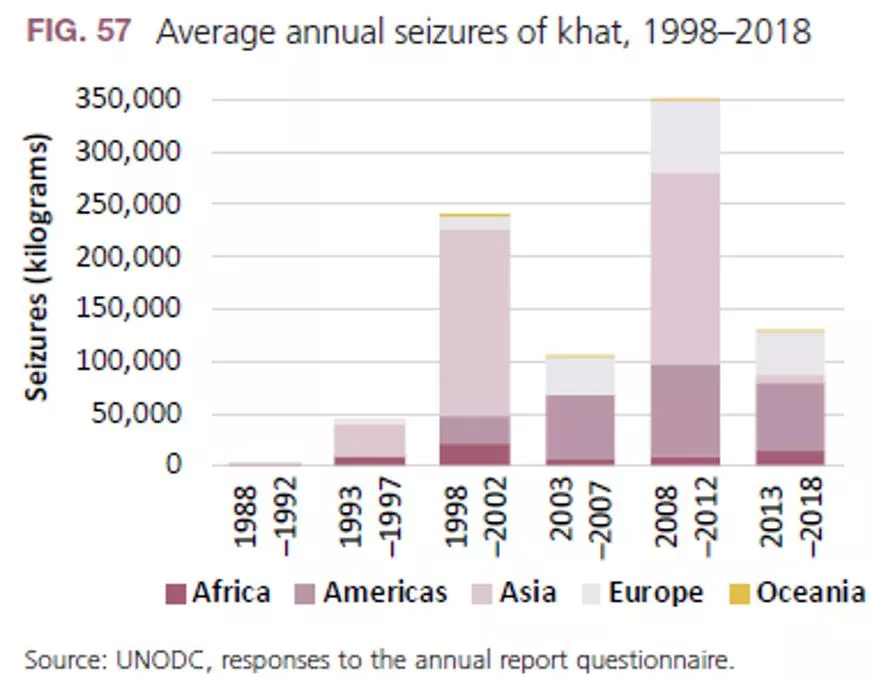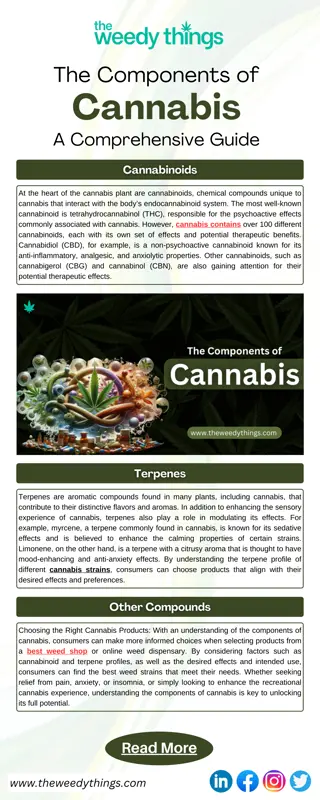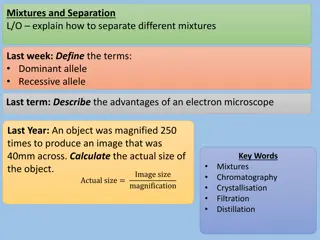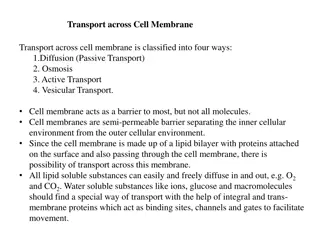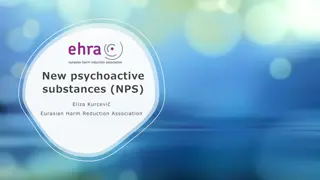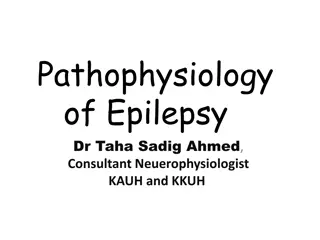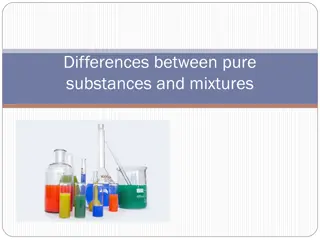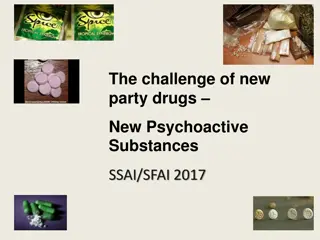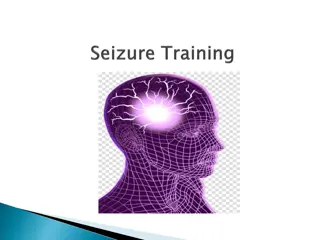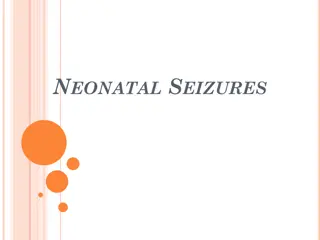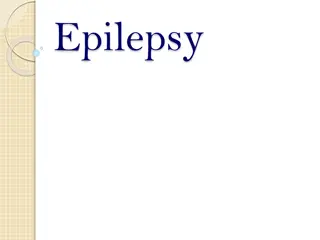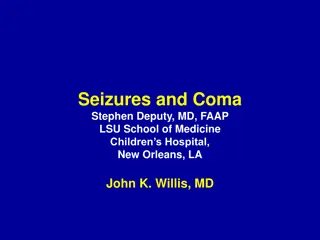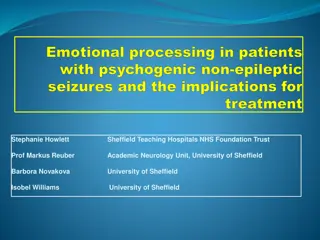Trends in New Psychoactive Substances Seizures and Use
Seizures of both plant-based and synthetic New Psychoactive Substances (NPS) declined in 2018, along with a decrease in global seizures of khat and fluctuations in the use of NPS. Legislation on substances like mephedrone led to a decline in their use, while the use of ketamine increased. NPS use varied across countries, with some experiencing growth until legislation was introduced. Despite ongoing scheduling efforts, there are more identified NPS than internationally controlled substances, with stimulants and synthetic cannabinoids being the most common types. The overall number of identified NPS by Member States has started to stabilize post-2015.
Download Presentation

Please find below an Image/Link to download the presentation.
The content on the website is provided AS IS for your information and personal use only. It may not be sold, licensed, or shared on other websites without obtaining consent from the author.If you encounter any issues during the download, it is possible that the publisher has removed the file from their server.
You are allowed to download the files provided on this website for personal or commercial use, subject to the condition that they are used lawfully. All files are the property of their respective owners.
The content on the website is provided AS IS for your information and personal use only. It may not be sold, licensed, or shared on other websites without obtaining consent from the author.
E N D
Presentation Transcript
Seizures of both plant NPS based and synthetic NPS declined in 2018
New Psychoactive Substances Global seizures of khat, fluctuating strongly year on year, declined over the period 2013-2018 as compared to the period 2008-2012, notably reflecting less quantities reported seized in Asia.
New Psychoactive Substances Following the introduction of legislation on mephedrone in 2010, mephedrone use declined and following NPS legislation in 2016, use of NPS declined. Ketamine use, however, increased in recent years.
New Psychoactive Substances Following the introduction of several waves of controls of NPS over the 2010- 2012 period, use of NPS declined.
New Psychoactive Substances Following NPS use appears to have increased in Germany for several years; once NPS legislation was introduced in 2016, NPS use stopped growing. the introduction on NPS legislation, in Austria (2008 and 2012) use of NPS remained low in Austria.
New Psychoactive Substances Despite of ongoing scheduling, there are three times as many identified NPS than there are psychoactive substances under international control.
New Psychoactive Substances Most identified NPS are stimulants (synthetic cathinones and phenetylamines), followed by synthetic cannabinoids ( spice products). Most of the identified opioids have been fentanyl analogues.
New Psychoactive Substances Overall number of identified NPS by Member States has begun to stabilize after 2015 while NPS with opioid effects have been still growing strongly until 2017 before showing first signs of stabilisation.
